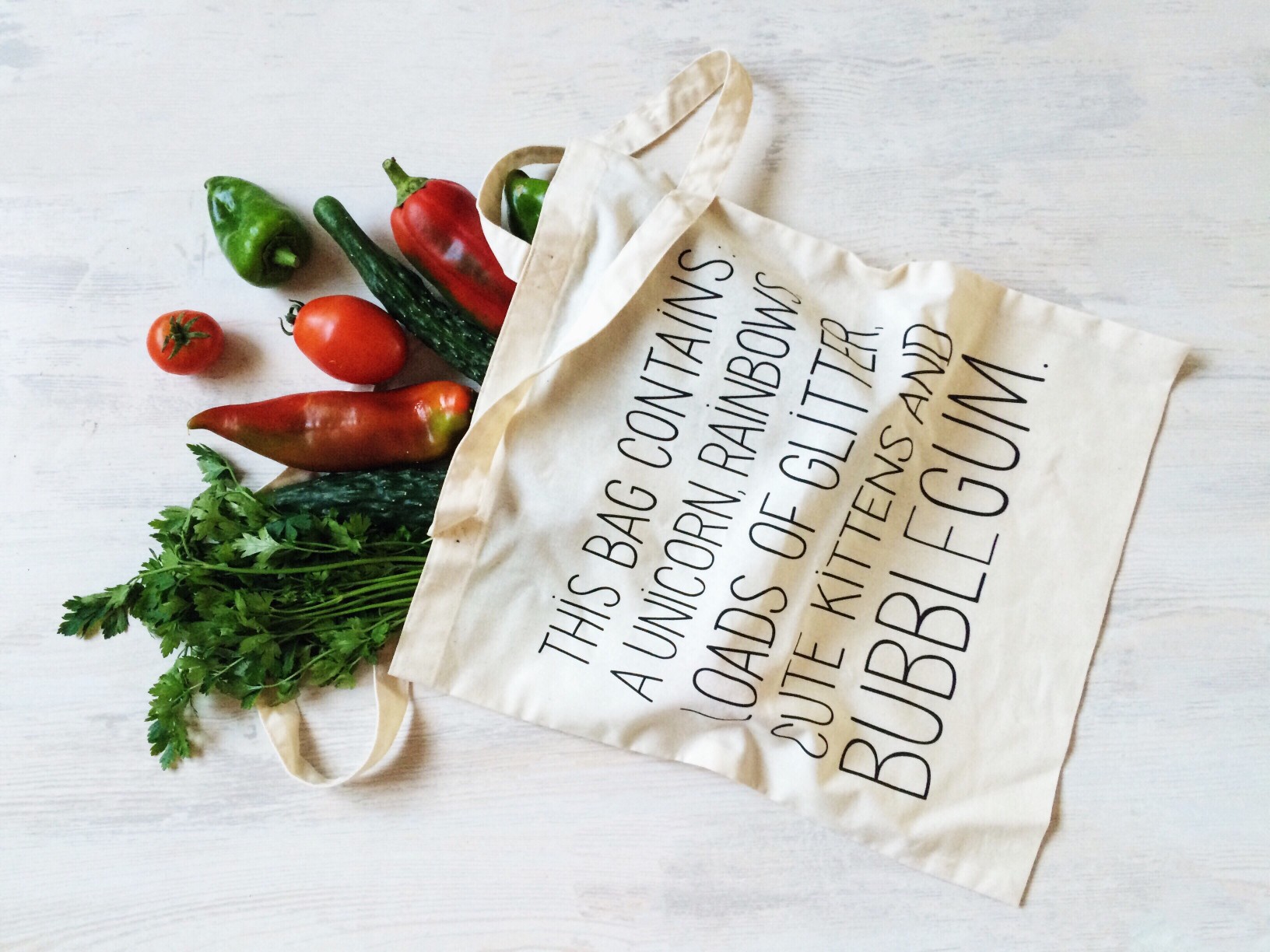How to Be an Environmentally Friendly Cook
Cooking sustainably is an excellent step to reduce your impact on the environment. What we eat and how we cook affects our health and the health of our planet. The easiest way to make sure your food is sustainably sourced is to cook it yourself! Cooking at home allows you to make sustainable choices at every step of the process, from shopping for the most sustainable ingredients to reducing food waste as you cook.
Shop Smart
Food waste is a worldwide epidemic, and it’s time the average person started fighting back. We throw out a jaw-dropping 400 pounds of food per person per year—40% of our food. When you buy food, make sure you buy exactly what you need. Plan meals, use grocery lists and avoid impulse buys. We suggest making a detailed shopping list and plan out your meals before heading to the store. We should just be sure that our shopping carts and grocery budgets aren’t bigger than our stomachs.
Use all Nutritious Bits
When cooking, use every piece of the food you’re cooking with. Leave the skin on cucumbers and potatoes, sauté broccoli stems along with the florets, your food will still be just a delicious. You can also use vegetable and meat scraps in homemade stocks, and use citrus fruit rinds and zest to add flavor to other meals.
Eat Seasonally
Produce eaten at the right time and season tastes better, is nutritious, and can also benefit the planet. Buying Fruits and veggies harvested in your region cuts down on the carbon footprint from long-distance transportation. You can find out what’s ready to harvest near you via the new Seasonal Food Guide
Optimize Grains
Grains and other plant foods are far less resource-intensive to produce than animal foods like dairy, eggs, and meat. For example, Oats already have a low carbon footprint, and overnight oats are more sustainable since it requires no heat. Eat more nutrition-rich heirloom and ancient whole grains because they grow in an eco-friendly way.
Better Sweeteners
Satisfy your sweet cravings with natural alternatives like honey, maple, stevia, and agave that don’t rely on intense farming practices.
Go Organic
Organic food is better for the environment and your body. Certified organic foods are grown and processed using farming methods that recycle resources without the use of synthetic pesticides, bioengineered genes or petroleum.
Buy Your Ingredients Locally
As aforementioned buying Fruits, vegetables and other ingredients from local farmers is one of the most environmentally responsible ways to cook. Food products that are produced locally don’t have to be transported long distances, and this helps in reducing fuel and energy consumption.
How you use your gadgets and appliances is just as important as the food you bring in to your kitchen.
Use the Right Burner
When cooking with gas burners, make sure the flame is fully below the pot; otherwise, heat and energy are wasted. When you put a small pot on a large element, you waste heat.
Cook with Residual Beat
When roasting vegetables or baking cookies, turn off the oven a few minutes before the recipe indicates this will conserve more energy. For casseroles and roasts, turn the oven off five or ten minutes earlier than you expect to remove the food.
Cover Pans While Cooking
Make sure all of your pots and pans have close-fitting lids, then use them whenever possible. To conserve energy, it’s best to keep your pans covered while cooking. Covering your pans will require less cooking time.
Energy-efficiency Upgrades
If you’re shopping for a new appliance, look for the Energy Star logo, found on products that can use up to 50 percent less energy or water without compromising performance. An efficient dishwasher, for instance, can use a lot less water than washing the dishes by hand in the sink.
Go Paperless
It’s easier than you think to replace paper with cloth in the kitchen. Try reusable cloth napkins instead of paper, or choose paper napkins made with recycled materials.
Use Environmentally Friendly Cookware
Pay attention to your cooking tools, the healthiest options are also the most eco-friendly kitchenware.
Cool Leftovers
Let foods sit at room temperature for about 30 minutes before storing or freezing. Warm food in the fridge or freezer increases energy usage by raising the temperature of other items. Just don’t leave perishable foods out for more than two hours, to avoid contamination.
Use Water More Wisely
When we cook we tend to use a lot of water but there are ways to shrink your water footprint. Install a low-flow faucet on your sink. Try to wash vegetables and fruits in a large bowl or tub of water and scrub them with a vegetable brush instead of using your faucet as a power-washer.

